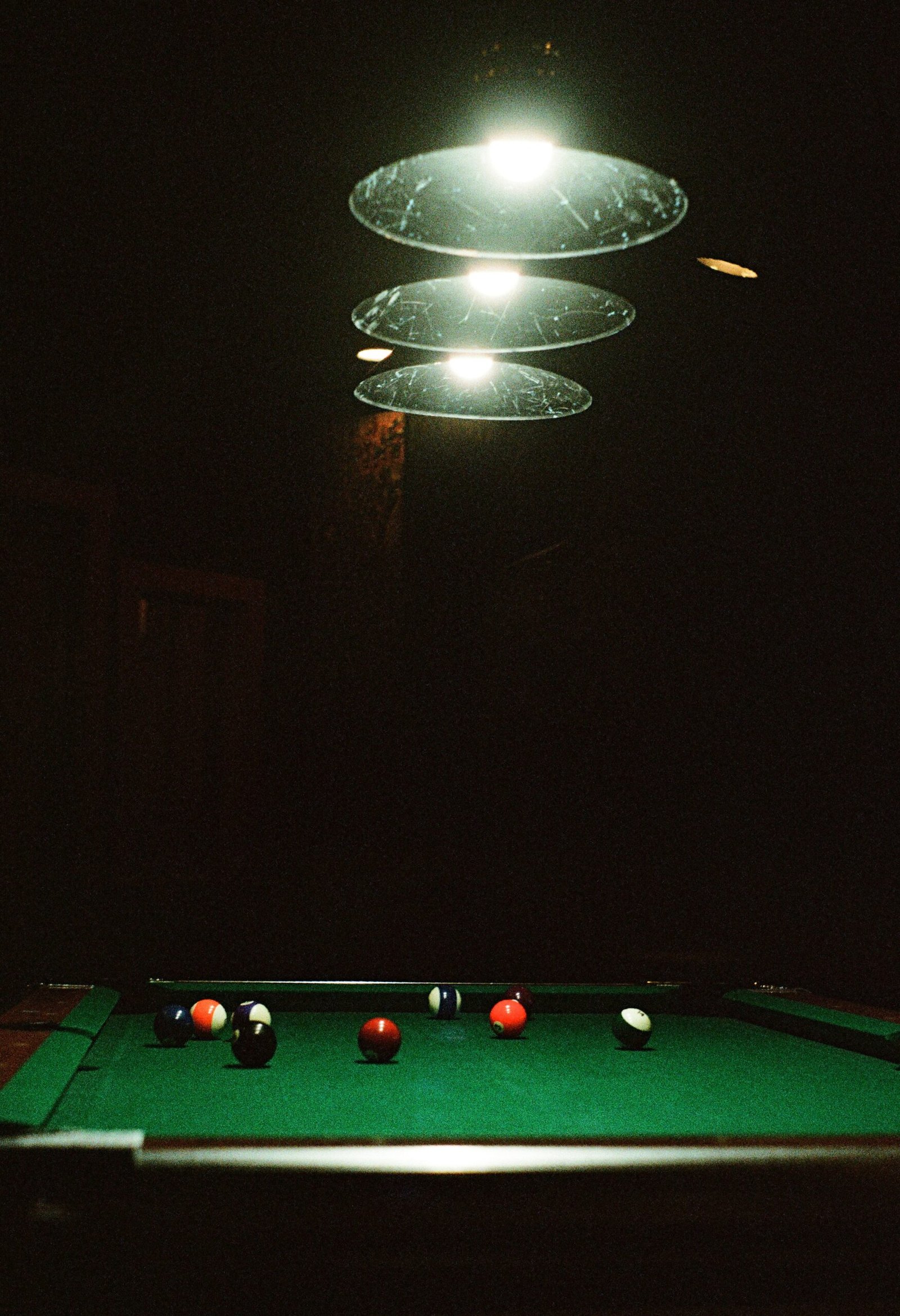Exploring Croatia: A Tapestry of History, Architecture, and Cultural Impact
The Origins of Croatia: A Historical Overview
Understanding the origins of Croatia requires a journey back to prehistoric times, where archaeological findings indicate human activity in the region dating back to the Stone Age. The evolution of Croatia as a recognizable socio-political entity began with the arrival of various tribes, most notably the Slavs in the 6th century. This period marked the infusion of Slavic culture into a landscape already rich with influences from the Romans and Byzantines, responding to the cultural intersections that defined medieval Europe.
By the late 7th century, the Croats established their own principality, and the historical narrative of Croatia commenced in earnest. The formation of the medieval Croatian state was largely a response to both external pressures and internal aspirations for unity among the Slavic tribes. Key historical events include the territorial expansions under notable leaders, such as King Tomislav, recognized as Croatia’s first king, who unified the country in the early 10th century and laid the foundations for the Croatian crown.
The cultural impacts of these early periods cannot be overstated. Not only did the Croats adopt elements from the Roman legal system and Byzantine governance, but they also embraced Christianity, with the establishment of ecclesiastical institutions that further solidified their national identity. This confluence of diverse cultures played a critical role in shaping what is today recognized as Croatian identity.
Throughout the centuries, various empires—such as the Ottoman Empire during the 15th to 17th centuries—challenged the independence and territorial integrity of Croatia. Nevertheless, the resilience of its people and their persistent quest for autonomy marked critical junctures in the formation of a united Croatian state. Understanding these woven histories provides essential context for considering Croatia’s modern significance as well as its vibrant landscapes of history and architecture.
Architectural Marvels: The Structures that Define Croatia
Croatia is adorned with a remarkable array of architectural styles that reflect its complex history and diverse cultural influences. The country’s architectural journey can be traced back to Roman times, with numerous ruins and monuments that stand as a testament to this era. Diocletian’s Palace in Split, constructed in the 4th century, is one of the most significant examples. Serving as a retirement residence for the Roman Emperor Diocletian, this extensive palace complex showcases Roman architecture’s grandeur and engineering prowess. Its walls and structures are still remarkably intact, providing visitors with a clear view of ancient fortress design blended with the vibrant modern life of the city.
Moving forward through time, the Gothic and Renaissance periods brought about another wave of artistic expression, exemplified by the Cathedral of St. James in Šibenik. This stunning structure, completed in the 15th century, is noteworthy for its unique blend of Gothic and Renaissance elements, most prominently seen in its intricate stone façade and beautifully adorned interior. The cathedral is celebrated not only for its architectural beauty but also for the craftsmanship of its stone builders, particularly the remarkable use of local limestone to create an enduring structure that has survived centuries of challenges.
Another remarkable site is the Pula Arena, one of the best-preserved Roman amphitheaters in the world. Constructed in the 1st century AD, this grand structure once entertained thousands with gladiatorial contests and other forms of public spectacle. Its impressive size and engineering excellence continue to captivate visitors, as it provides insight into ancient Roman culture and social dynamics. Each of these architectural marvels speaks volumes about Croatia’s rich historical tapestry, reflecting the cultural evolution of the region and the stories that have shaped its people. As visitors explore these landmarks today, they are not only witnessing spectacular designs but also connecting with the past that continues to influence Croatia’s identity.
Cultural Heritage: The Spirit of Croatia Through the Ages
Croatian cultural heritage represents a rich tapestry woven from diverse historical influences, traditions, and artistic expressions. Throughout the centuries, this vibrant cultural landscape has been shaped by significant events and remarkable individuals, creating a unique identity that continues to resonate today. Croatia’s historical significance is reflected not only in its architecture and monuments but also in its cultural practices, which encompass traditional customs, music, dance, and cuisine.
The roots of Croatian culture can be traced back to ancient times, entwined with both Mediterranean and Central European influences. Folk music and dance are pivotal aspects of Croat identity, with regional variations highlighting the uniqueness of each area. Traditional instruments such as the tamburica and the lijerica are frequently used to accompany performances that showcase the enduring spirit of the Croatian people. These celebrations foster community bonds, while preserving and promoting local heritage.
Moreover, Croatian cuisine is a blend of Mediterranean flavors and Central European ingredients, comprising hearty dishes that reflect the country’s history and geography. Festivals celebrating local gastronomy not only provide an avenue for cultural expression, but also attract visitors eager to experience authentic Croatian delights. The importance of culinary traditions is evident in the ways they maintain connections between generations, allowing the memories and stories of the past to live on.
Croatia has also contributed to global culture through notable figures in literature, music, and visual arts. Renowned writers like Ivan Gundulić and contemporary artists continue to shape Croatia’s literary and artistic narrative on the international stage. These elements of cultural heritage remain integral to Croatia’s identity, fostering a sense of pride among its citizens while inviting visitors to explore the essence of this captivating nation. Through its vibrant traditions and artistic achievements, Croatia’s cultural impact endures, encouraging appreciation and respect for its historical roots and creative evolution.
Croatia Today: A Modern Experience Rooted in History
Today, Croatia emerges as a vibrant travel destination that weaves together its rich historical tapestry with modern amenities. Visitors flock to this beautiful country to experience not only its stunning landscapes but also the profound stories embedded within its renowned historical sites. From the ancient walls of Dubrovnik, famously termed the ‘Pearl of the Adriatic,’ to the Roman ruins in Pula, each location serves as a testament to Croatia’s past while seamlessly integrating with contemporary life. Travelers can walk through cobblestone streets that have whispered the tales of centuries, all while enjoying modern cafés, upscale restaurants, and luxury accommodations.
The tourism industry plays a pivotal role in Croatia’s economy, showcasing the allure of its myriad cultural and historical offerings. As tourism thrives, so do the efforts to preserve the invaluable heritage sites that attract millions each year. For instance, local initiatives aim to maintain the architectural integrity of Dubrovnik’s old town, ensuring visitors can continue to appreciate its historical significance. Concurrently, festivals celebrating Croatian culture, art, and history provide further insight into the country’s evolving narrative, firmly rooting it in both tradition and modern-day relevance.
Moreover, visitors today also encounter a society that is keenly aware of its historical context. Croatia’s journey from a historical crossroads in Europe to an independent nation is palpable in its vibrant culture. The resonance of notable figures, from artists to political leaders, can be seen in contemporary expressions of creativity and governance. As the country continues to evolve, it remains steadfast in celebrating its rich heritage, embodying a spirit that respects the past while embracing the future. Thus, Croatia today offers not merely a trip through history but an immersive experience that reflects the ongoing dialogue between its storied past and dynamic present.









